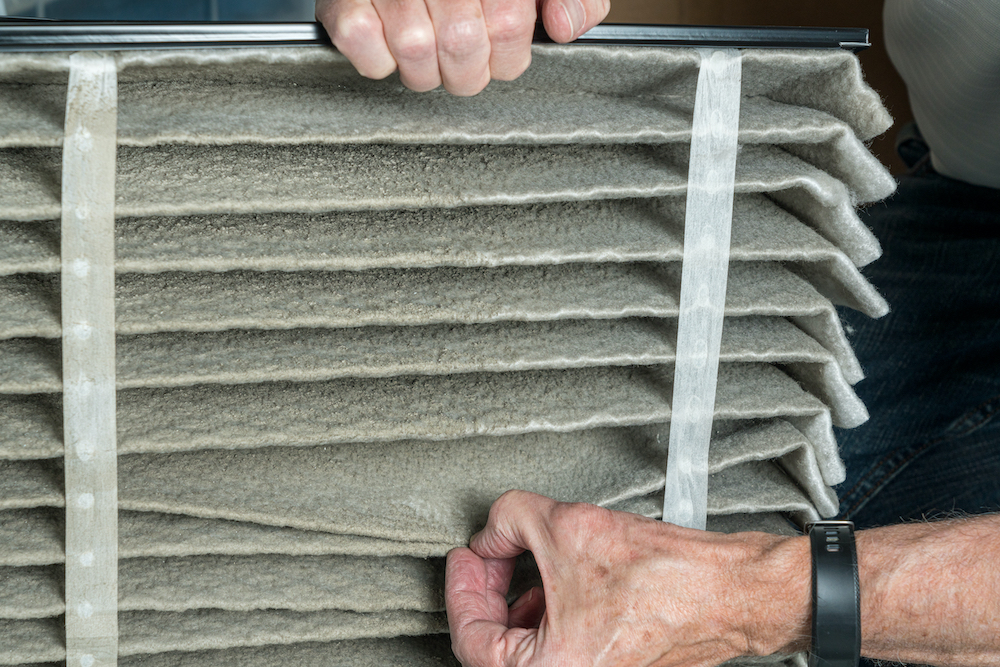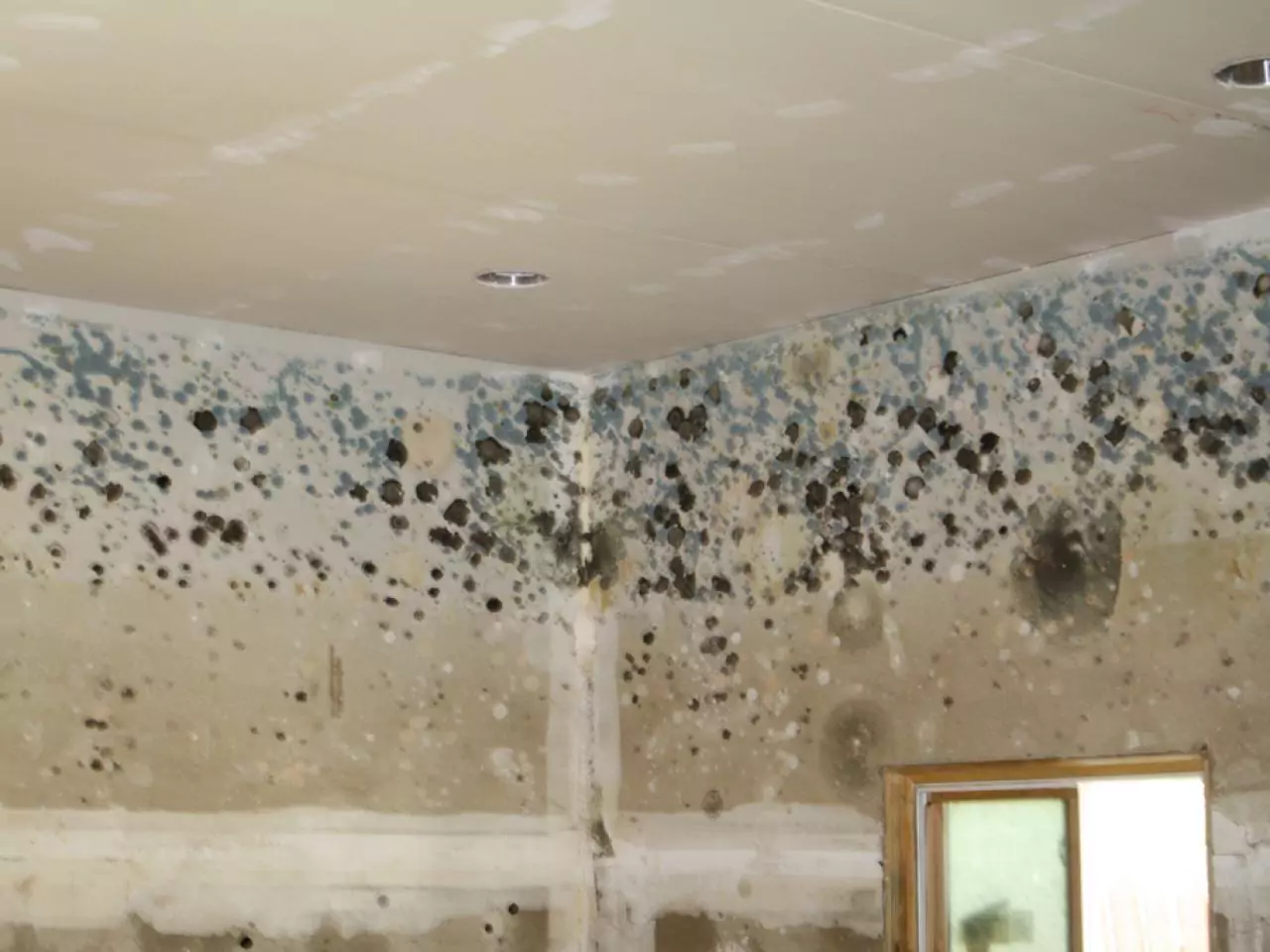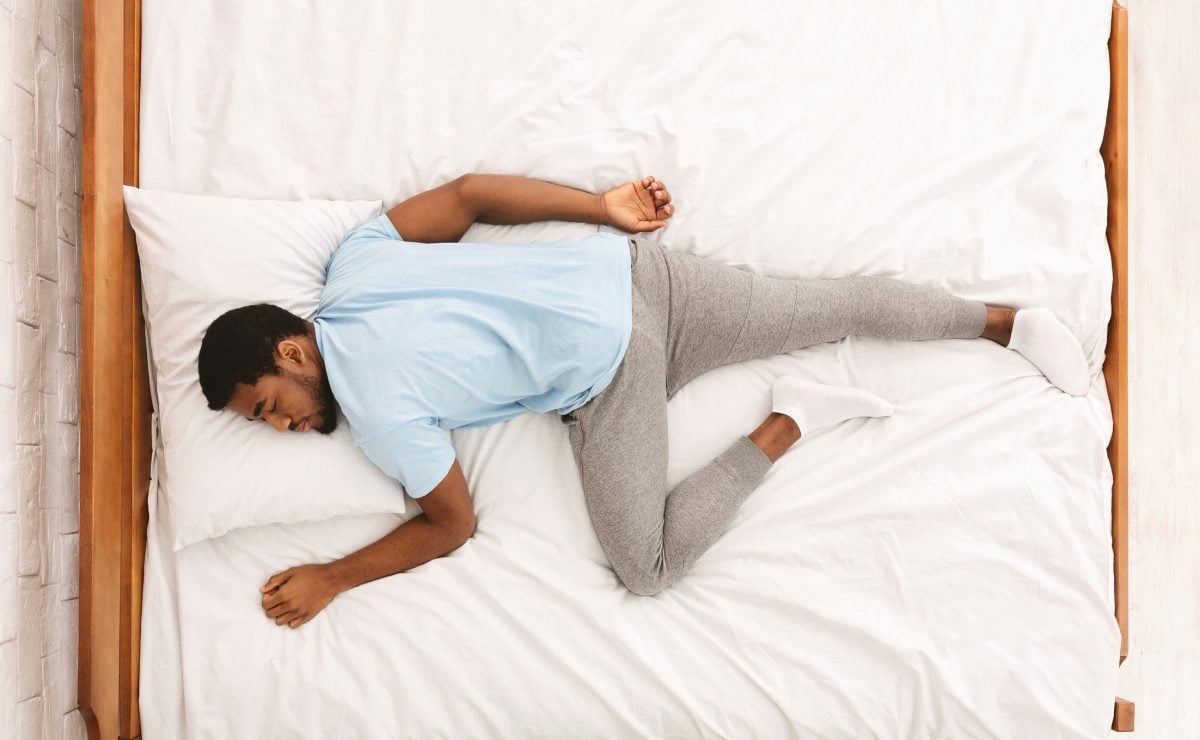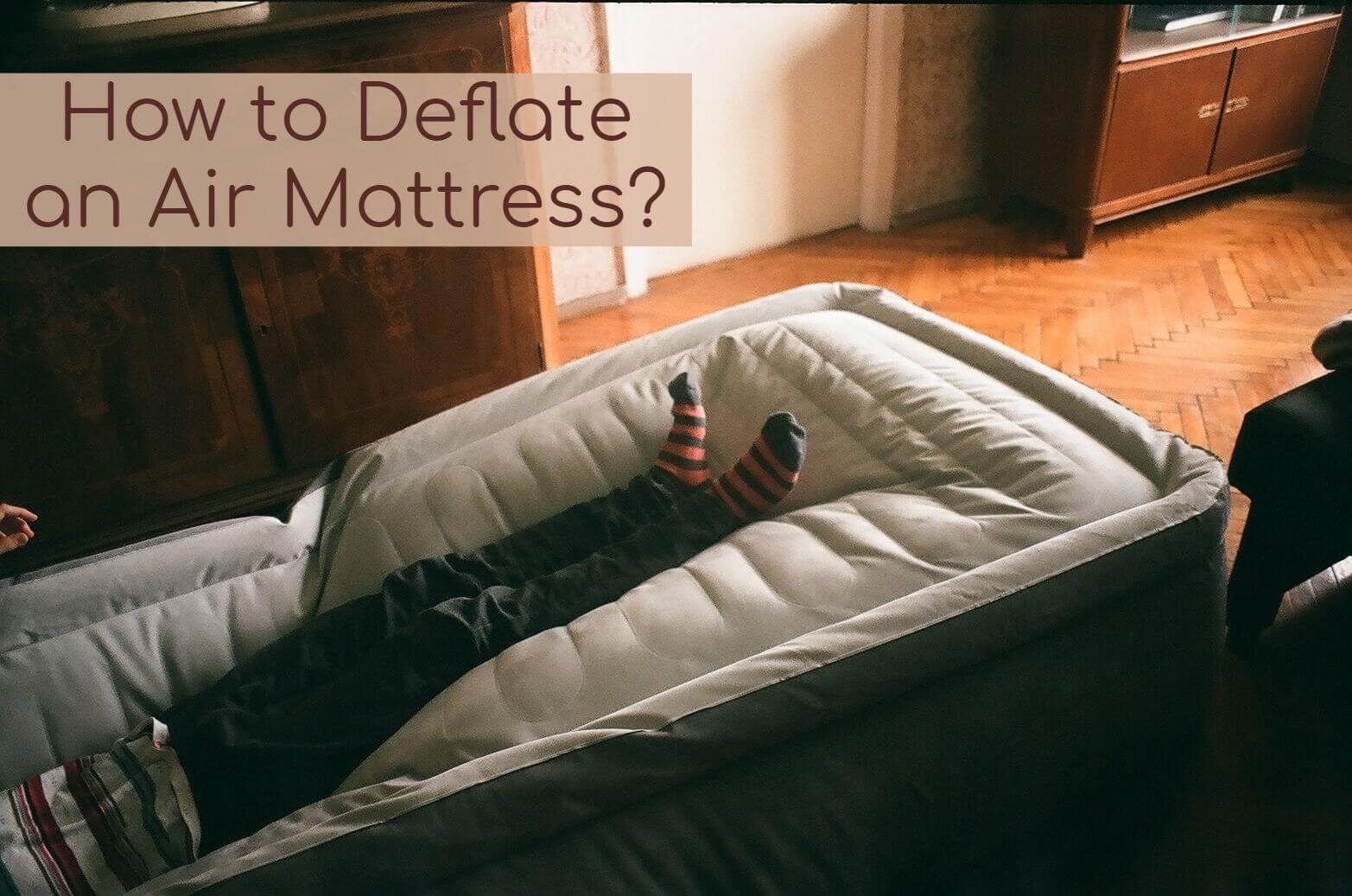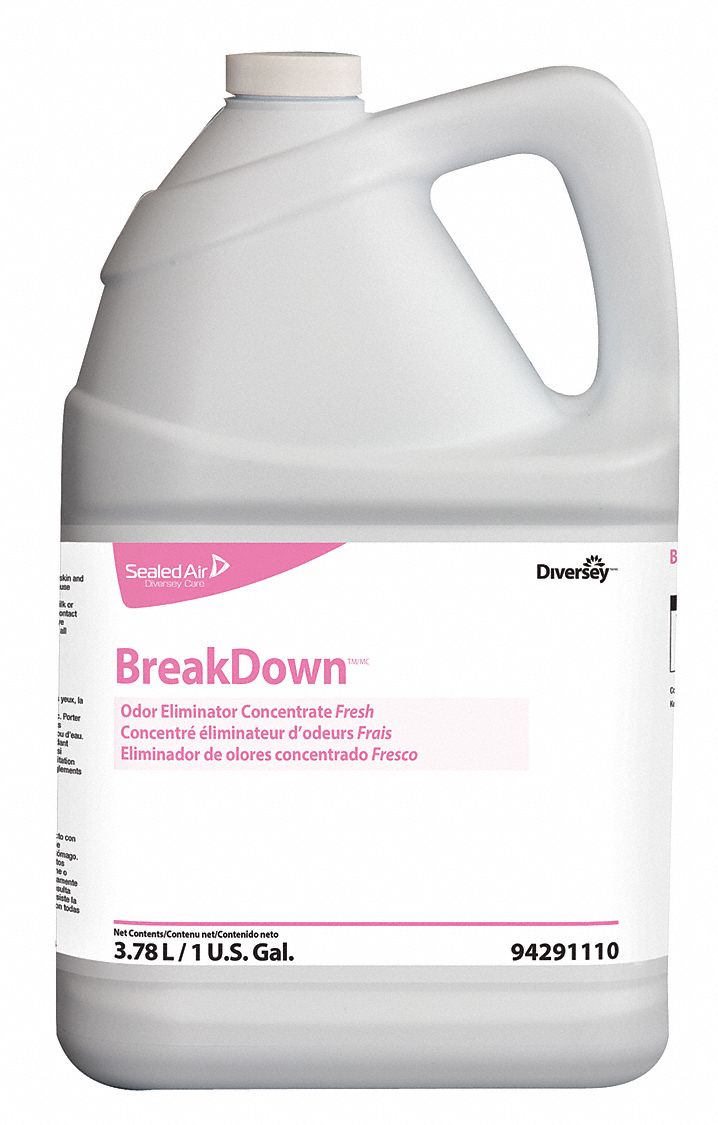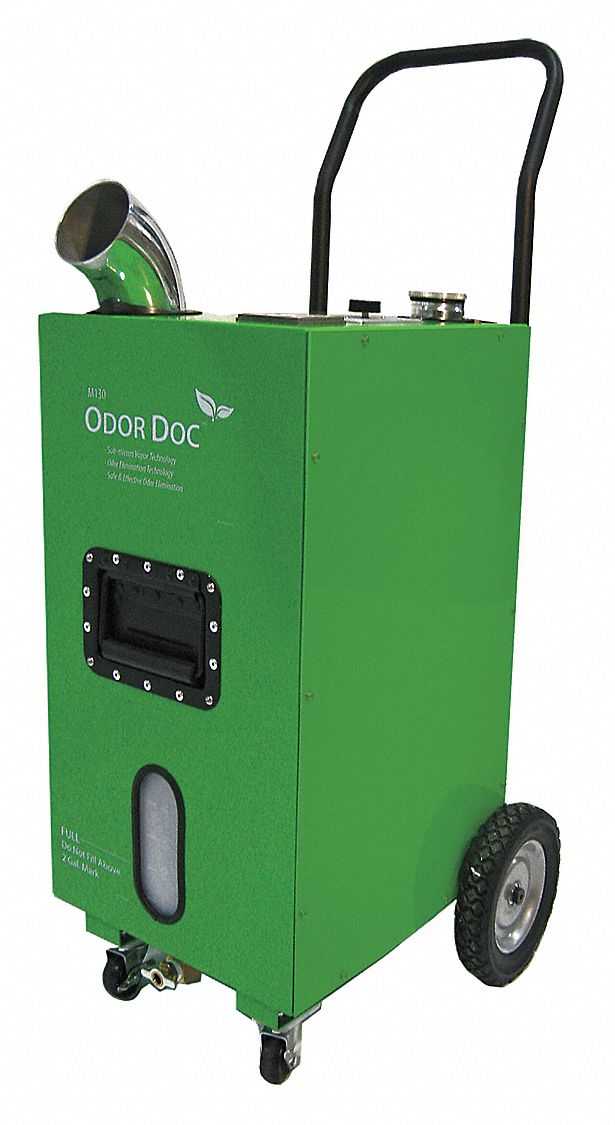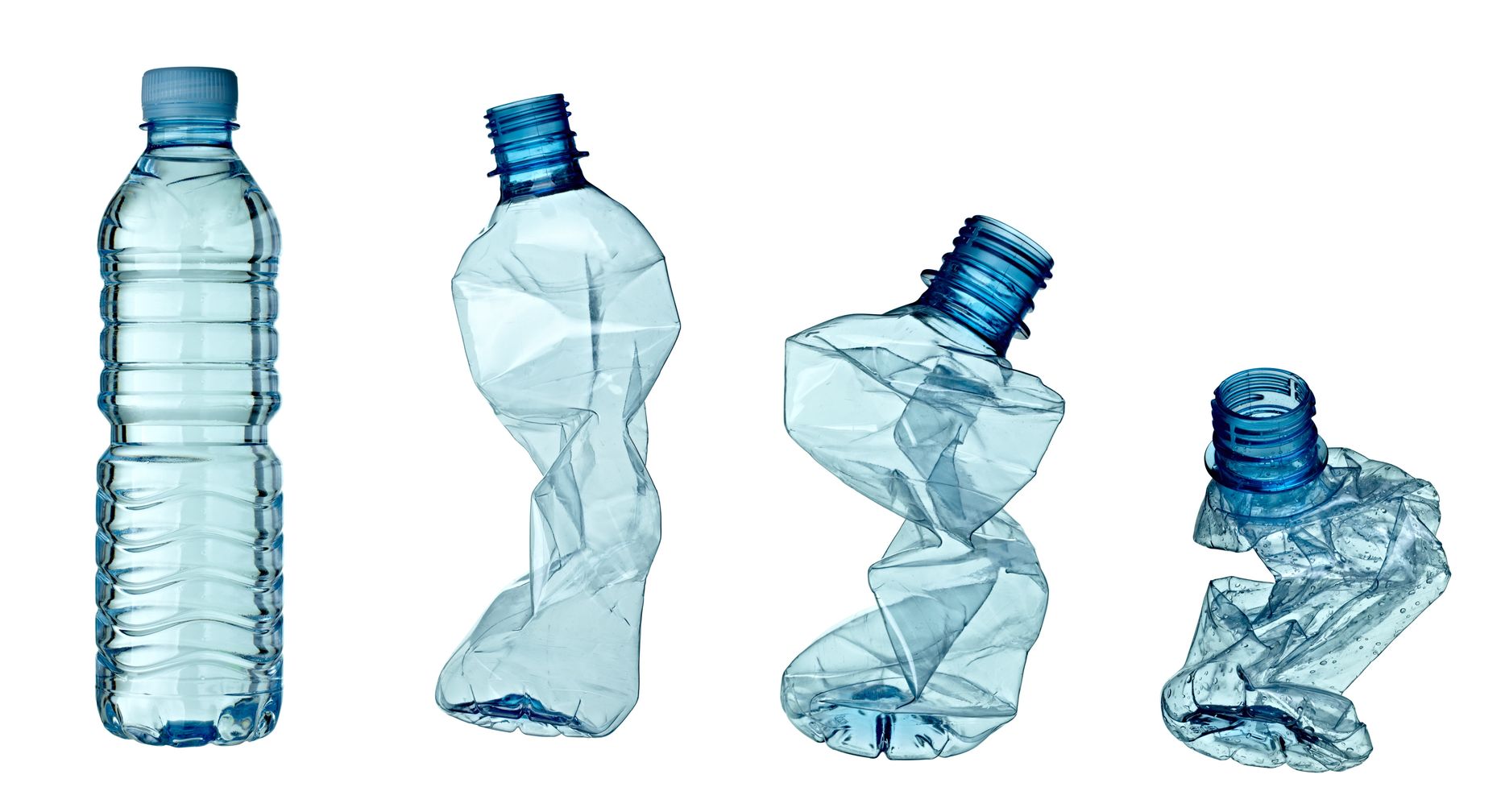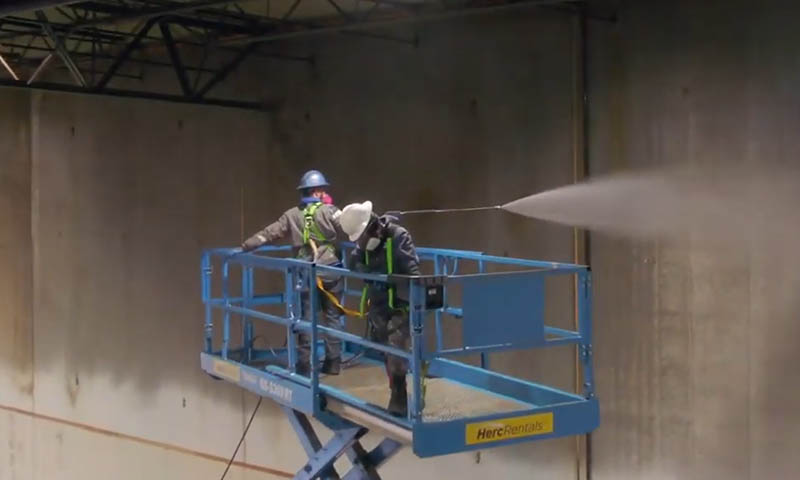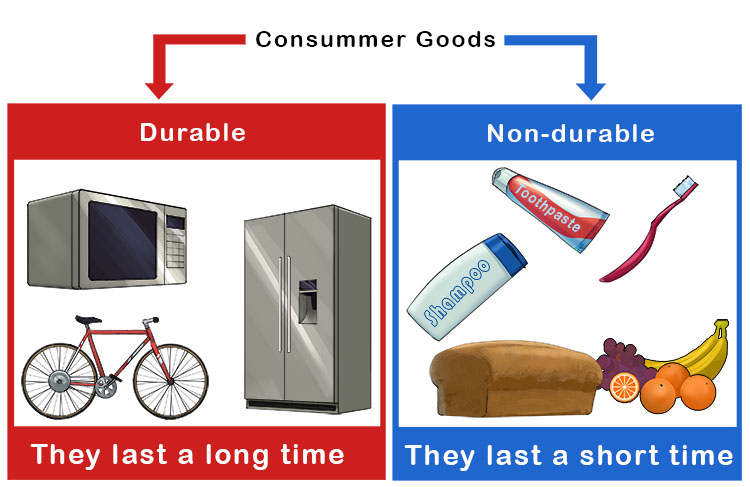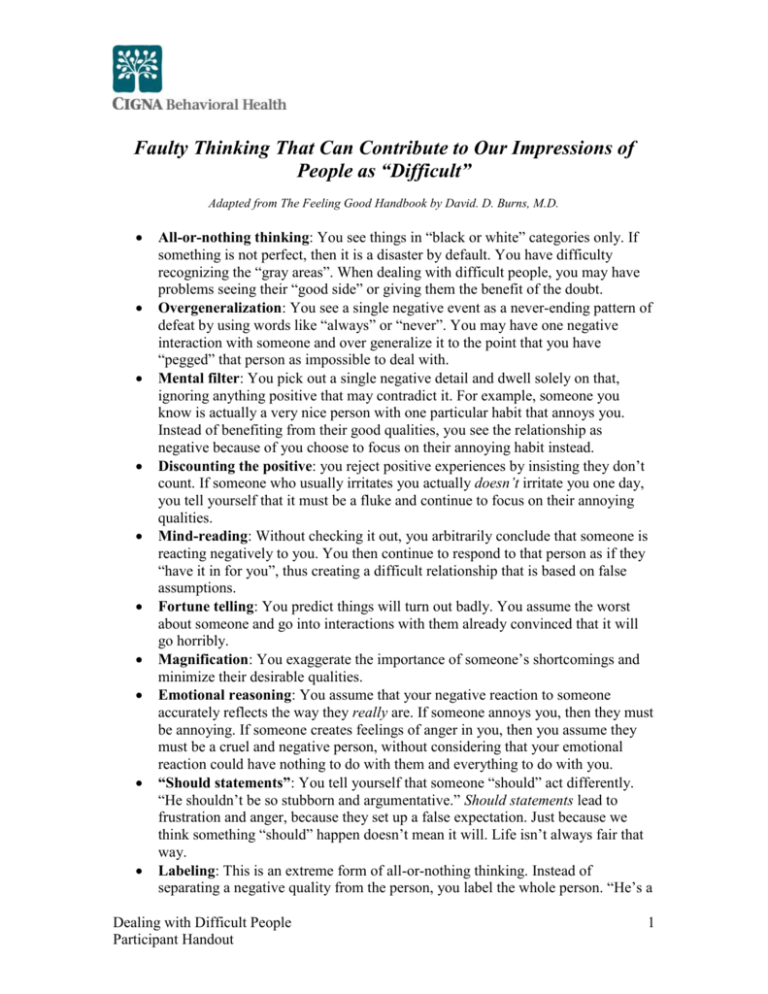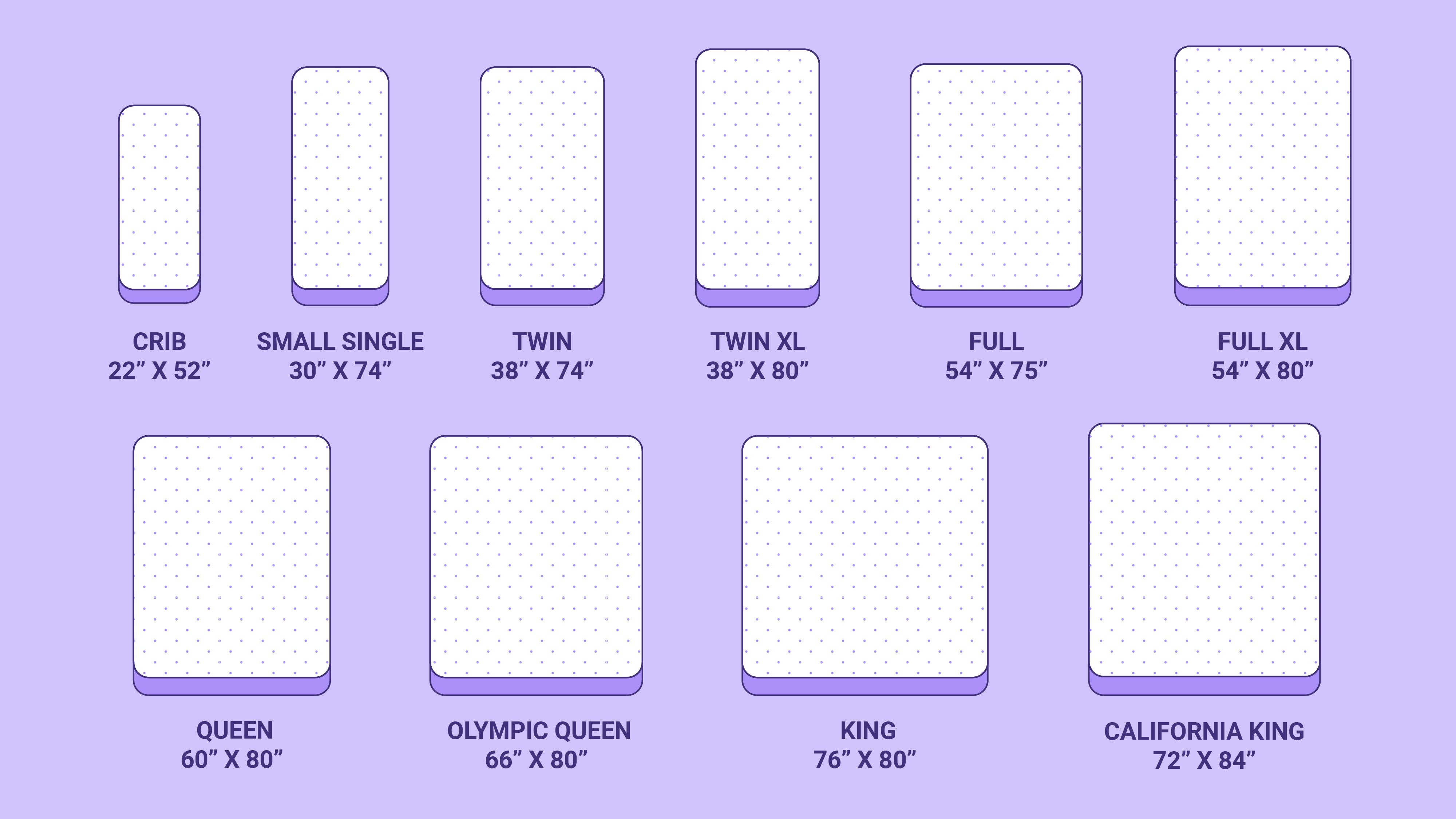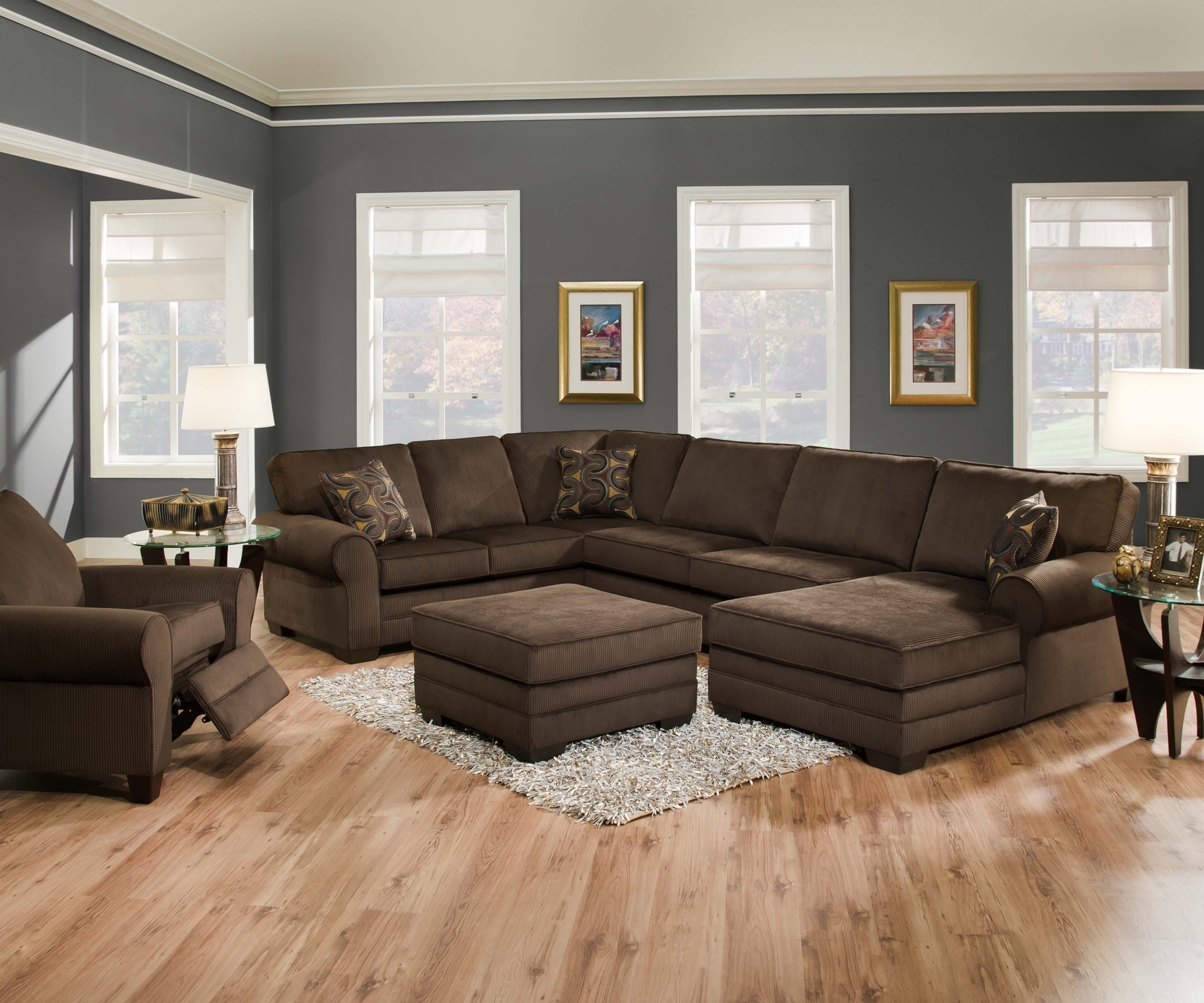One of the most common problems with air mattresses is leaking air. The constant movement and weight on the mattress can cause small tears or holes to form, leading to air escaping and leaving you with a deflated mattress. This can be frustrating, especially if you are using the mattress for guests or camping. It’s important to regularly check for leaks and patch them up as soon as possible to prevent further damage.Leaking air
Another issue with air mattresses is that they often deflate quickly, even if there are no visible leaks. This can be caused by a variety of factors, such as temperature changes, the quality of the materials, or the way the mattress is being used. This can be a major inconvenience, especially if you are using the mattress for sleeping and wake up in the middle of the night on a flat surface. To prevent this, make sure to properly inflate the mattress and avoid over-inflating it, as this can put excess pressure on the seams and cause them to weaken.Deflating quickly
Many air mattresses have a built-in pump or require manual inflation, which can sometimes result in uneven inflation. This means that certain areas of the mattress may be firmer or softer than others, leading to an uncomfortable sleeping surface. This can also be caused by uneven weight distribution or improper inflation techniques. To avoid this issue, try to evenly distribute weight on the mattress and make sure to fully inflate it before use.Uneven inflation
Since air mattresses are often used for outdoor activities like camping, they are exposed to moisture and humidity, which can lead to mold and mildew growth. This can not only cause a musty odor, but it can also be a health hazard. To prevent this, make sure to properly dry and clean the mattress after each use, and store it in a dry and well-ventilated area.Mold and mildew growth
Air mattresses are known for not being the most comfortable sleeping surface. The lack of support and pressure points can lead to aches and pains, especially if you are using the mattress for an extended period of time. This can also be exacerbated by the uneven inflation and lack of proper cushioning. To make your air mattress more comfortable, consider adding a mattress topper or using extra blankets or pillows for extra cushioning.Uncomfortable sleeping surface
Another common issue with air mattresses is that they can be noisy when moving around on them. This is due to the materials rubbing against each other and can be disruptive for both the person sleeping and anyone else in the room. This can be especially frustrating if you are using the mattress for guests and don’t want to disturb them. To reduce noise, try adding a layer of fabric or a mattress cover to the mattress.Noisy when moving
Depending on the type of air mattress you have, it can be difficult to inflate and deflate. Some require manual pumping, which can be tiring and time-consuming, while others have built-in pumps that may not be as powerful as you’d like. This can be a major inconvenience, especially if you are camping and don’t have access to electricity. To make the process easier, consider investing in a high-quality pump or look for an air mattress with a more efficient built-in pump.Difficult to inflate/deflate
Many air mattresses are made from synthetic materials that can have a strong chemical odor. This can be off-putting and may even cause headaches or other discomforts. While these odors usually dissipate over time, it can be frustrating to have to deal with them when using the mattress for the first time. To minimize the smell, try airing out the mattress before use and using a mattress cover or sheets to help mask the odor.Odor from materials
Compared to traditional mattresses, air mattresses are not known for their durability. The constant inflation, deflation, and movement can put a strain on the materials and seams, leading to tears, holes, and other damage. This means that you may have to replace your air mattress more frequently, which can be costly. To extend the life of your mattress, make sure to properly store it and avoid putting excess weight or pressure on it.Not durable
Lastly, air mattresses can be difficult to store, especially if you have limited space. They can take up a lot of room when inflated, and even when deflated, they can still be bulky and take up valuable storage space. This can be an issue if you only use the mattress occasionally or if you have multiple air mattresses for different purposes. To make storage easier, consider investing in a collapsible or compact air mattress, or look for one with a built-in storage bag.Difficult to store
Additional Problems with Air Mattresses

1. Lack of Support and Comfort
 One of the main issues with air mattresses is that they often lack the support and comfort that traditional mattresses provide. While they may seem like a cheaper and more convenient option, air mattresses can actually lead to back and neck pain due to their lack of support. This is especially problematic for those with pre-existing back or joint issues. Additionally, the air chambers in these mattresses can shift and create an uneven sleeping surface, leading to discomfort and poor sleep quality.
One of the main issues with air mattresses is that they often lack the support and comfort that traditional mattresses provide. While they may seem like a cheaper and more convenient option, air mattresses can actually lead to back and neck pain due to their lack of support. This is especially problematic for those with pre-existing back or joint issues. Additionally, the air chambers in these mattresses can shift and create an uneven sleeping surface, leading to discomfort and poor sleep quality.
2. Durability and Longevity
 Another problem with air mattresses is their durability and longevity. While they may seem like a cost-effective option in the short term, they tend to wear out quickly and need to be replaced more frequently than traditional mattresses. The constant inflation and deflation, as well as the strain put on the seams and material, can cause air mattresses to develop leaks or lose their shape over time. This can be frustrating and costly for those who use air mattresses as their primary sleeping surface.
Another problem with air mattresses is their durability and longevity. While they may seem like a cost-effective option in the short term, they tend to wear out quickly and need to be replaced more frequently than traditional mattresses. The constant inflation and deflation, as well as the strain put on the seams and material, can cause air mattresses to develop leaks or lose their shape over time. This can be frustrating and costly for those who use air mattresses as their primary sleeping surface.
3. Noise and Temperature Control
 Air mattresses can also be noisy and difficult to control temperature-wise. The constant movement of air inside the mattress can create a loud rustling sound, which can be disruptive to sleep. Additionally, air mattresses do not have the same insulation as traditional mattresses, making them less effective at regulating temperature. This can be problematic for those who live in areas with extreme temperatures or for those who tend to sleep hot or cold.
Air mattresses can also be noisy and difficult to control temperature-wise. The constant movement of air inside the mattress can create a loud rustling sound, which can be disruptive to sleep. Additionally, air mattresses do not have the same insulation as traditional mattresses, making them less effective at regulating temperature. This can be problematic for those who live in areas with extreme temperatures or for those who tend to sleep hot or cold.
4. Environmental Impact
 Lastly, air mattresses have a negative impact on the environment. They are often made of materials that are not eco-friendly and are difficult to recycle. This means that when they are disposed of, they end up in landfills and contribute to pollution. Additionally, the constant need to replace air mattresses adds to the overall waste and carbon footprint. This is something to consider for those who are environmentally conscious.
In conclusion, while air mattresses may seem like a convenient and affordable option, they come with their fair share of problems. From lack of support and durability to noise and environmental impact, there are several reasons to reconsider using them as a long-term sleeping solution. It's important to carefully weigh the pros and cons before making a decision and to invest in a high-quality mattress that will provide the necessary support and comfort for a good night's sleep.
Lastly, air mattresses have a negative impact on the environment. They are often made of materials that are not eco-friendly and are difficult to recycle. This means that when they are disposed of, they end up in landfills and contribute to pollution. Additionally, the constant need to replace air mattresses adds to the overall waste and carbon footprint. This is something to consider for those who are environmentally conscious.
In conclusion, while air mattresses may seem like a convenient and affordable option, they come with their fair share of problems. From lack of support and durability to noise and environmental impact, there are several reasons to reconsider using them as a long-term sleeping solution. It's important to carefully weigh the pros and cons before making a decision and to invest in a high-quality mattress that will provide the necessary support and comfort for a good night's sleep.



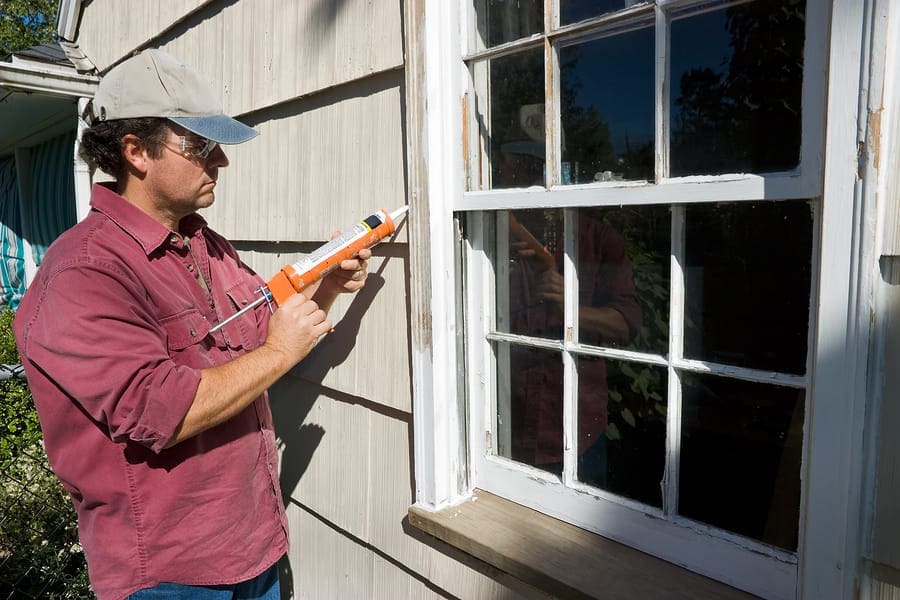

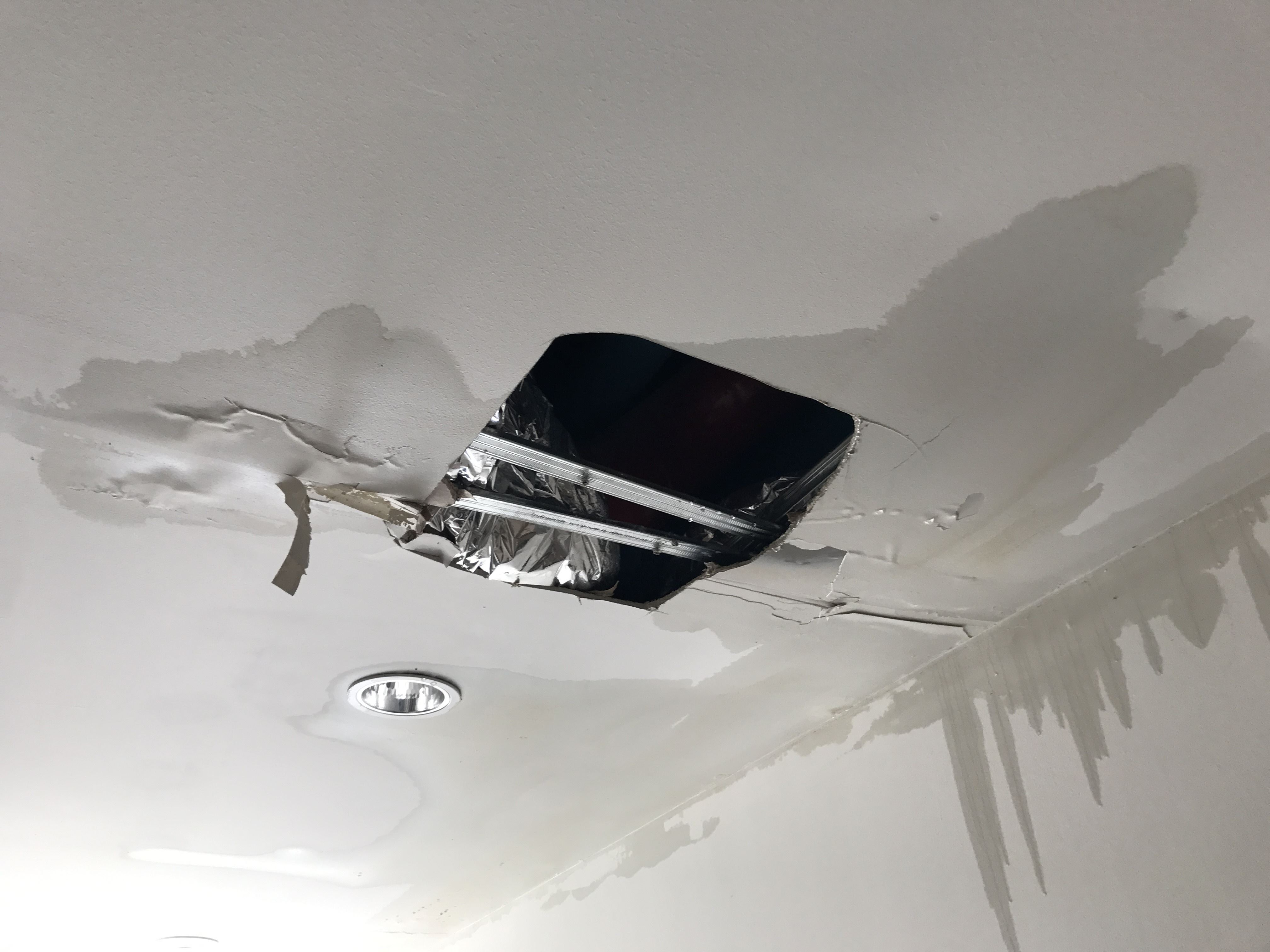




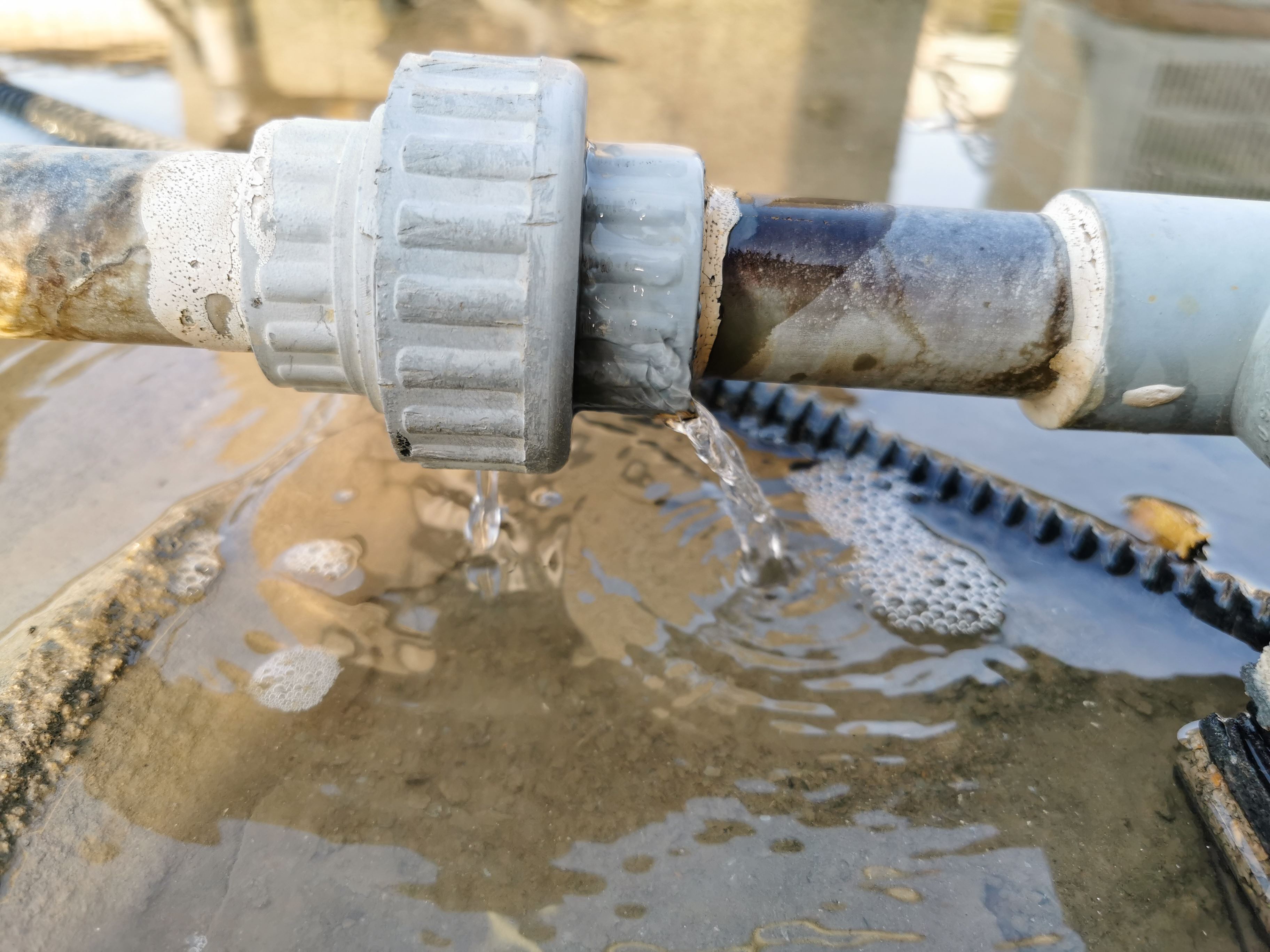
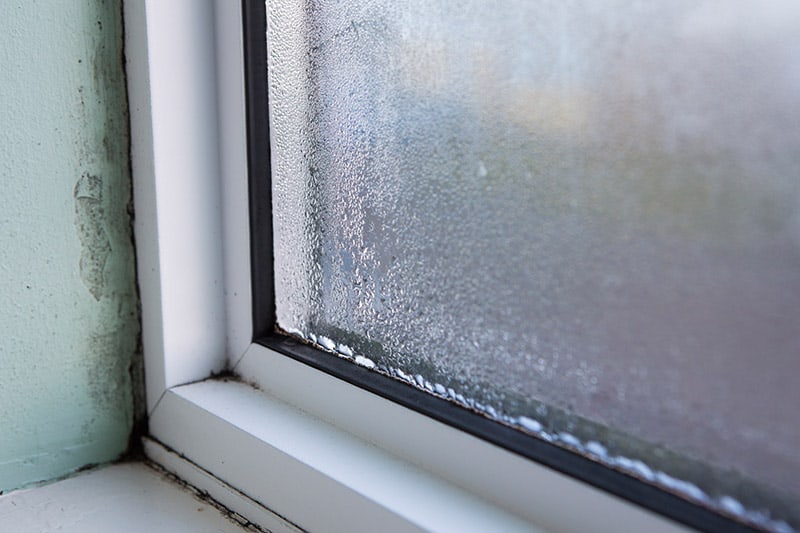







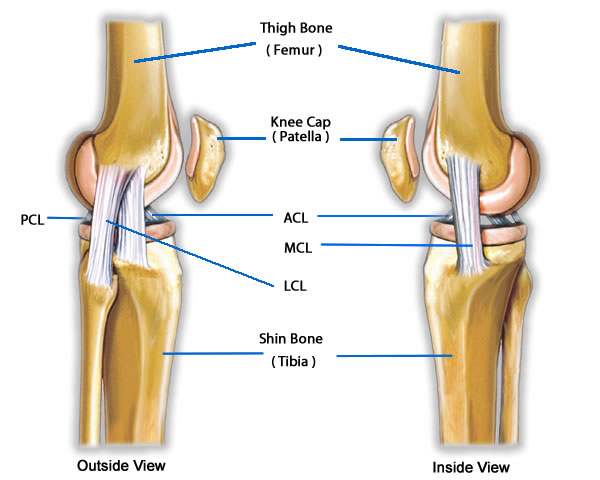







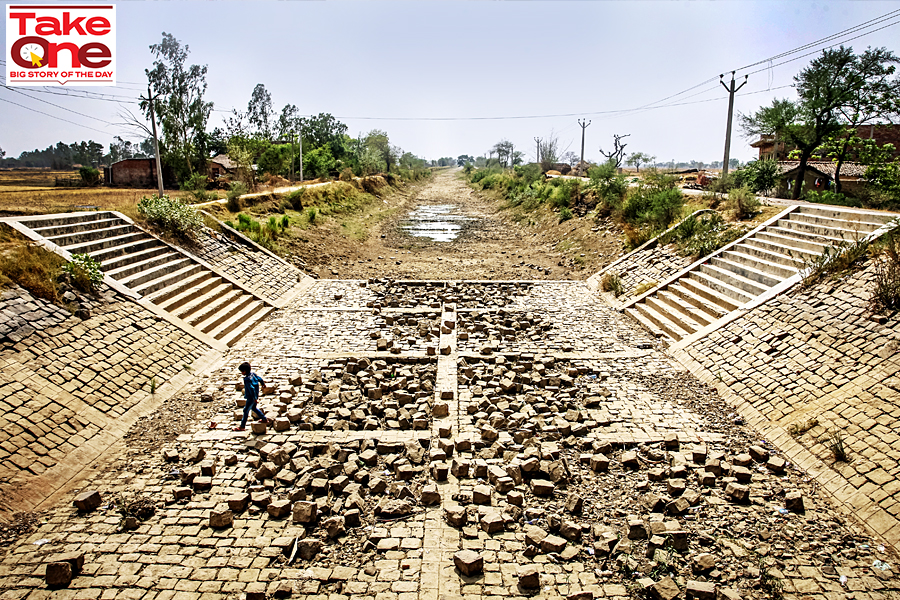

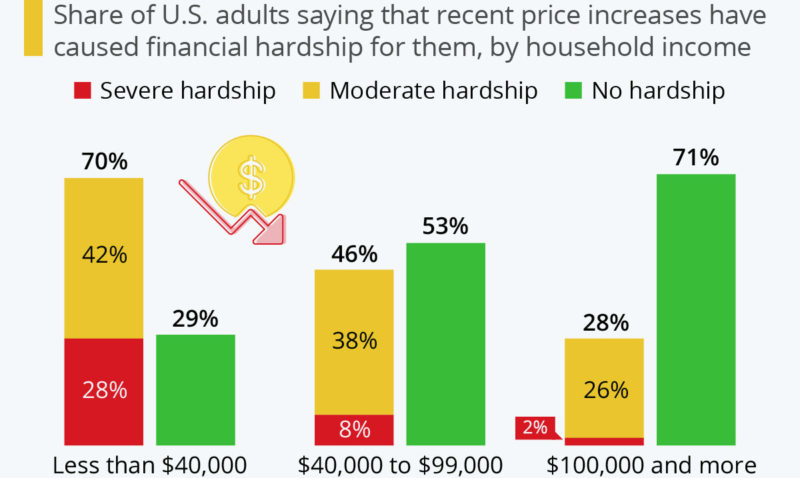








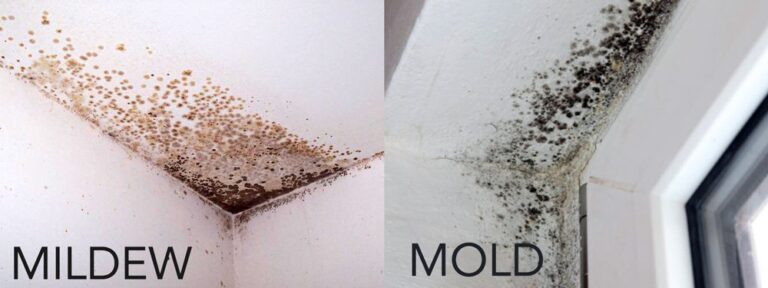
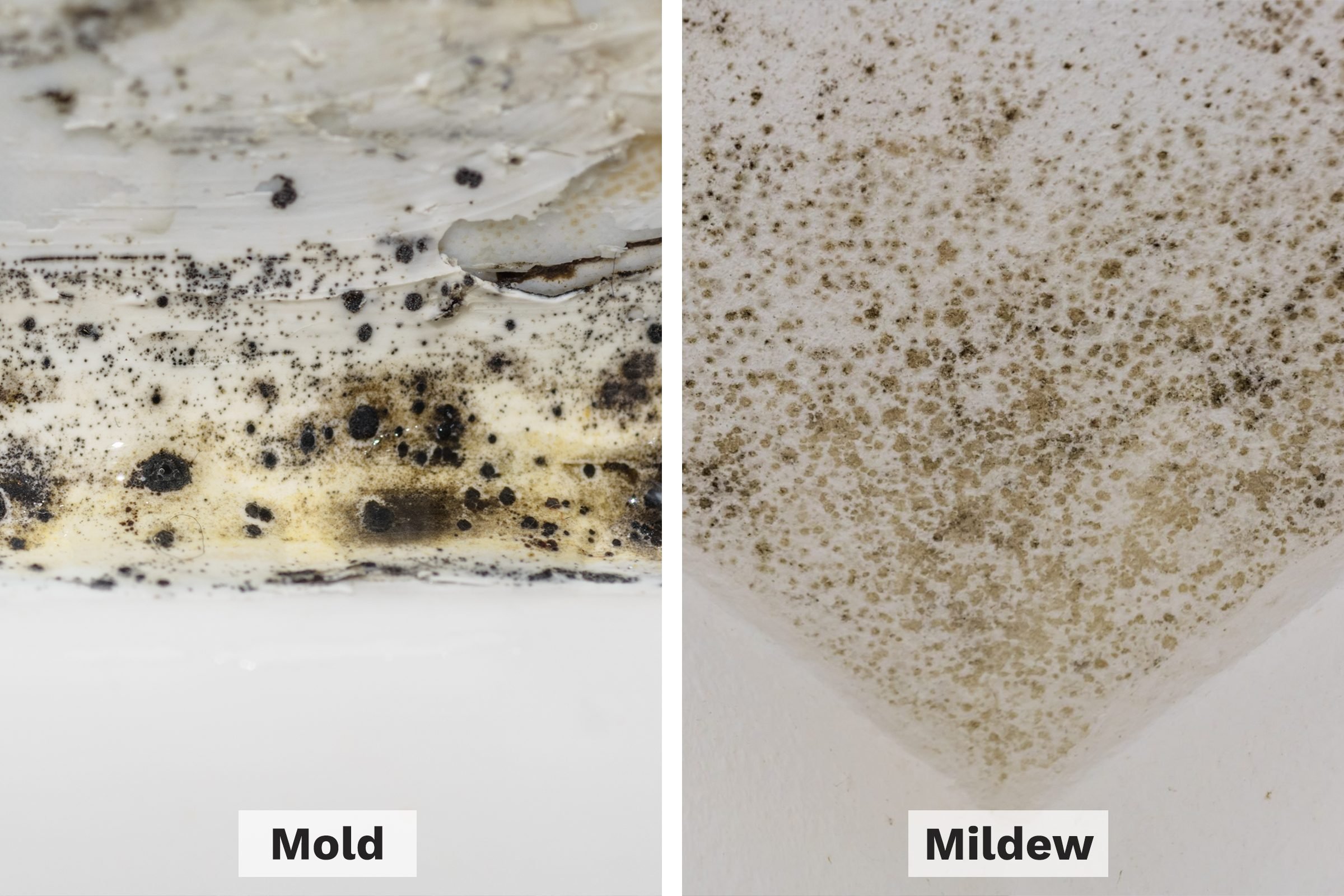
:max_bytes(150000):strip_icc()/identifying-mold-vs-mildew-4799138-final-4266e4b3d84c4401a7c1d8b6835dcc97.png)


